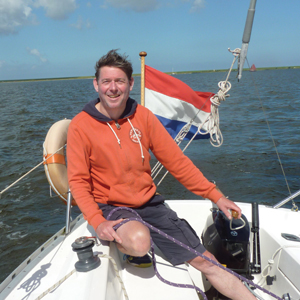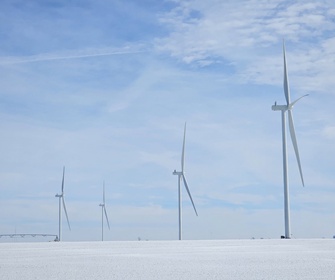 Advances and challenges in Europe’s offshore wind energy sector
Advances and challenges in Europe’s offshore wind energy sectorThe European Network of Transmission System Operators for Electricity (ENTSO-E) recently unveiled the Offshore Network Development Plans (ONDPs) of the European Union (EU), marking a significant milestone in the region’s commitment to expanding offshore wind energy. The ONDPs, a response to the EU Grid Action Plan, present a cross-border review of existing offshore grid capacity and future requirements.
The ONDPs align with the EU’s Offshore Renewable Energy Strategy and translate national commitments into tangible offshore transmission equipment needs and associated costs. Offering visibility to developers, investors and the grid equipment supply chain, these plans outline expectations for each European sea basin up to 2050. Aiming for at least 300GW of offshore wind by 2050, the ONDPs foresee the EU’s offshore renewables potential reaching 384GW by the same year.
To ensure an efficient grid buildout, the ONDPs advocate designing future grid connections at the sea-basin level, reflecting a coordinated approach across countries. Five distinct ONDPs cover the Northern Seas, the Baltic, the Atlantic Basin, the West Mediterranean, and the East Mediterranean and Black Sea. Notably, the plans highlight the potential for hybrid offshore wind farms, connecting multiple countries, constituting 14% of all offshore renewables.
In 2023, Europe experienced a remarkable surge in offshore wind energy, with a record-breaking 4.2GW added, a 40% increase from the previous year. This upswing was accompanied by an unprecedented € 30 billion investment, covering the construction of 9GW in the coming years. Positive developments, such as new factories in Poland, Denmark, Germany, the Netherlands and Spain, indicate a resurgence in the supply chain.
The year 2023 marked Europe’s best for offshore wind installations, with the Netherlands, France and the UK leading in new capacity installations. Policy measures like the EU Wind Power Package and commitments by 26 European governments in the European Wind Charter contributed to this success. Looking ahead to 2024, significant offshore wind auctions are planned, although concerns arise about the prevalent use of uncapped negative bidding, posing risks to developers.
The European Wind Charter, endorsed by the European Commission, 26 EU energy ministers and over 300 companies in the wind energy sector, outlines commitments to strengthen Europe’s wind energy sector. Emphasising changes in wind energy auction design, permitting and infrastructure development, the charter sets a path for achieving sustainable growth.
In contrast, a recent report by ERM raises concerns about countries falling behind their offshore wind ambitions. Only Poland and Ireland are on track to meet their 2030 offshore wind targets, highlighting critical barriers, such as constrained supply chain resources, insufficient financial support and slow development in new offshore wind markets.
In conclusion, while Europe celebrates advances in offshore wind energy, challenges persist on a global scale. The ONDPs and the European Wind Charter provide a framework for coordinated growth, but addressing barriers is crucial for achieving ambitious targets and ensuring a sustainable energy future.
Enjoy reading,
Floris Siteur
Publisher
Publisher








